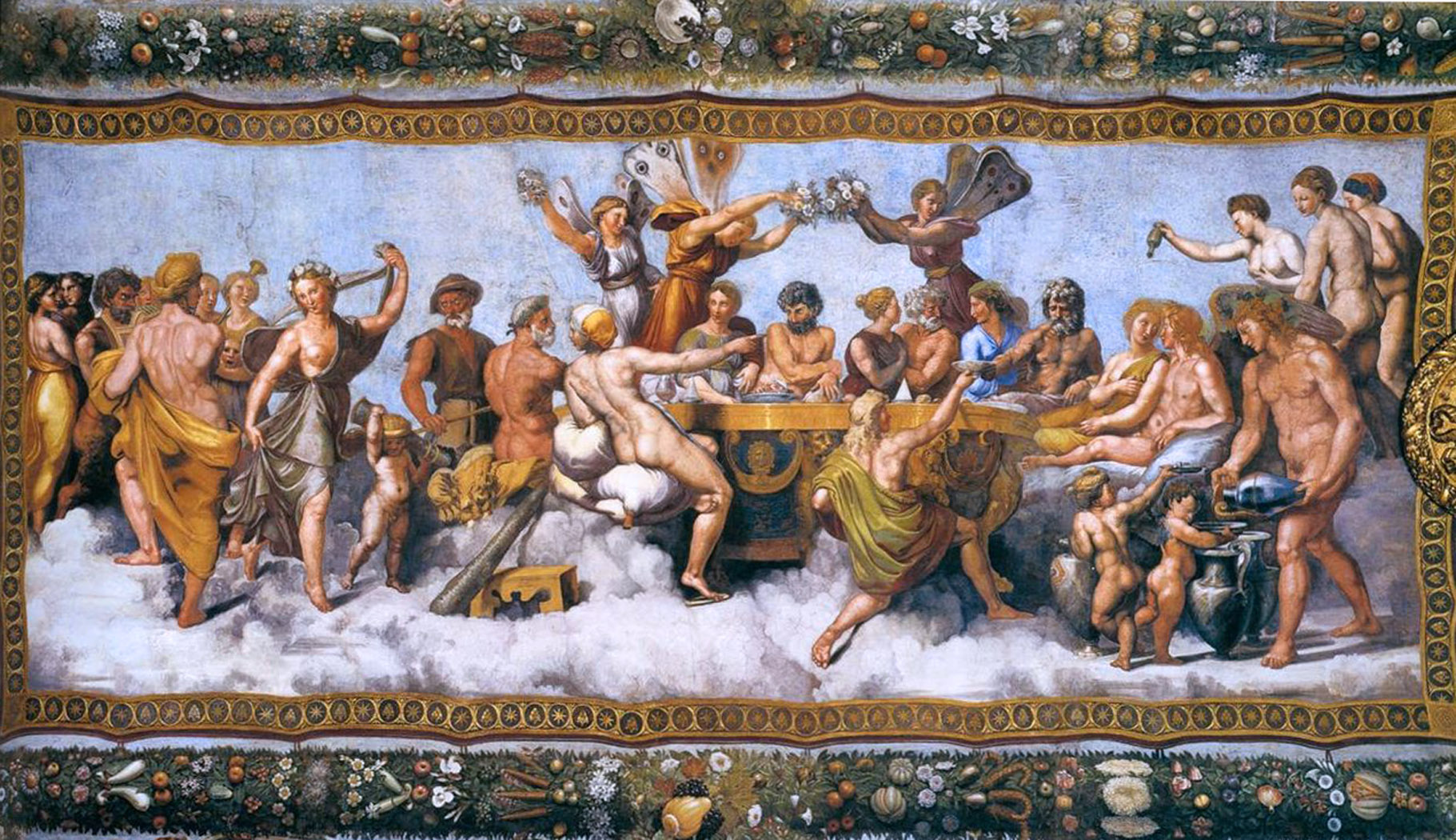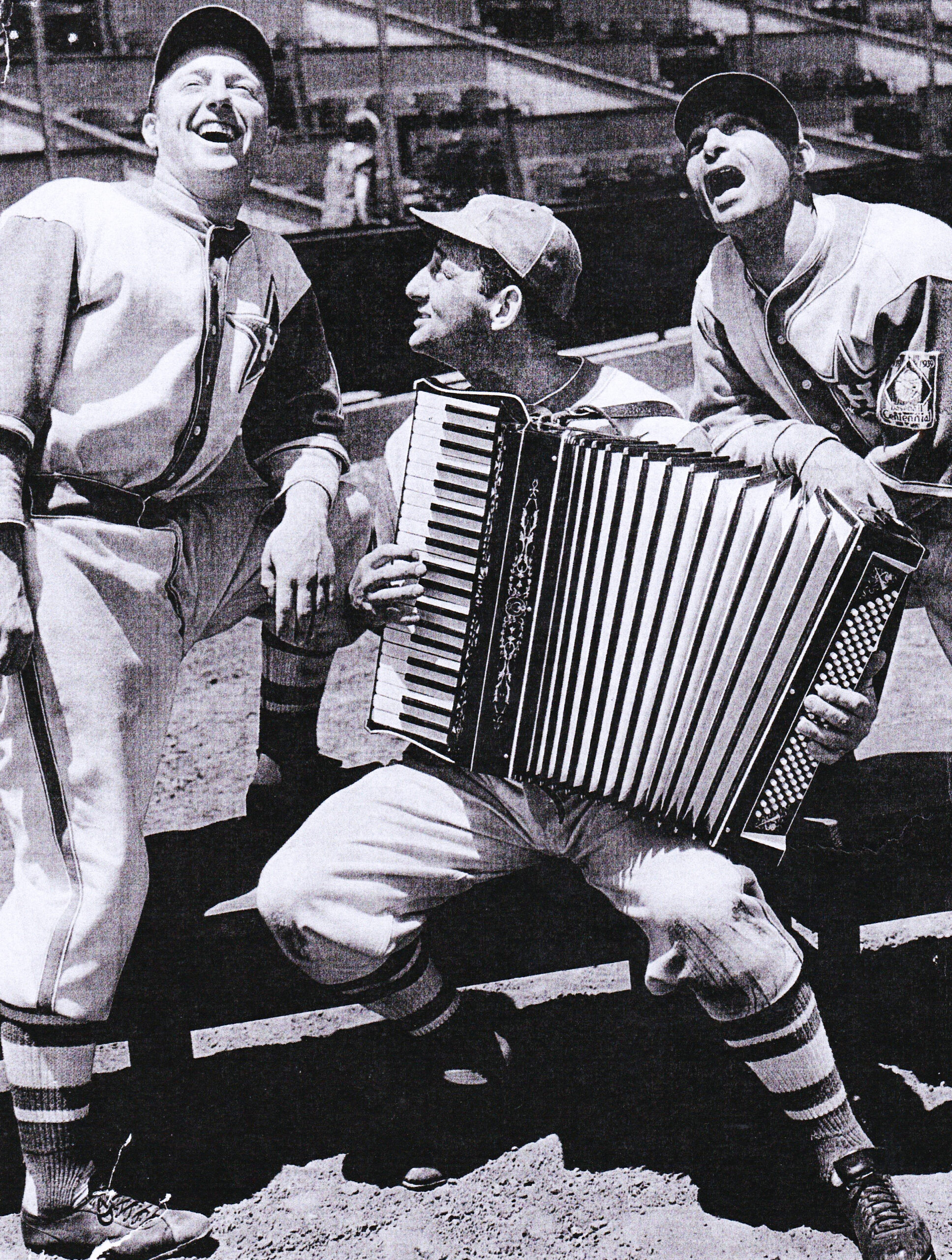The legend of Cupid and Psyche is one of the oldest love stories in recorded history. Also known as ‘The Tale of Amour and Psyche,’ the story was first told by a character in a Lucius Apuleius’ novel written in the second century. Since the rediscovery of Apuleius’s novel during the Renaissance, the reception of Cupid and Psyche in the classical tradition has been extensive. The story has been retold in poetry, drama and opera and widely depicted in painting and sculpture. The interpretation as myth and fairy tale remains one of the best love stories of all time.
The name Cupid comes from the Latin ‘cupido,’ which means desire. Thus, Cupid is associated with all forms of love, ranging from affection to intimacy. In Roman mythology, Cupid is the son of Venus, the goddess of love, while his father Mars is the god of war. Based on these distinctly different qualities, scholars have speculated that the birth of Cupid was intended to show how the contrasts of love and war are as connected as they are in opposition. Cupid is symbolic of both the innocence of a child and that of danger. How does danger enter in the picture of the adorable curly-haired cherub that we can so readily picture in our minds? He is carrying a weapon – Cupid is always portrayed with a bow and a quiver of arrows – perhaps the deadliest military weapon of the age. He was the one who was filled with contrasts, with the ability to perform good deeds, such as making people fall in love and wickedness, by making people feel desire, often against their free will.
The legend of Cupid tells that his mother Venus was jealous of the beauty of a young mortal named Psyche and ordered Cupid to punish the woman. Instead, Cupid scratches himself with one of his arrows, one that causes the inflicted to fall deeply in love with the first person seen – Psyche. He took her as his wife, but as a mortal she was forbidden to look at him.
Psyche remained content until her sisters convinced her to look at Cupid. As soon as she looked at him Cupid punished her by leaving. Their lovely castle and gardens vanished and Psyche found herself alone in an open field with no signs of Cupid.
As Psyche wandered trying to find her love, she came upon the temple of Venus. Wishing to destroy her, Venus gave the mortal a series of tasks. Psyche was given a small box and told her to take it to the underworld to capture some of the beauty of Proserpine, the wife of Pluto.
During her journey she was given clues on how to avoid the dangers of the realm of the dead and was warned not to look in the box, a lesson in the risks associated with curiosity. Yet temptation overcame Psyche and she opened it. Instead of finding beauty, she found deadly slumber. It was there that Cupid found his wife, lifeless on the ground. He gathered the deadly sleep from her body and put it back into the box. The gods, moved by the love Psyche and Cupid shared, made the mortal Psyche a goddess. Cupid thus became a symbol of love and affection.
Italian scholars have suggested that Cupid’s appearance represents the nature of love, as his wings represent the flightiness of lovers, while the arrow and torch, objects associated with him, serve to represent how love can both emotionally wound and inflame an individual. Additional speculation suggests that Cupid is often represented as a young boy to illustrate how love can be irrational and foolish, as are many young people.
While he was first introduced thousands of years ago, Cupid has been portrayed and analyzed in literature far beyond the ancient world. Cupid and Psyche have been widely depicted in Italian art dating back centuries. Notable works include “The Wedding Banquet of Cupid and Psyche” by Raphael; “Cupid and Psyche” by Orazio Gentileschi; “The marriage of Cupid and Psyche” by Pompeo Batoni and “Psyche Revived by the Kiss of Love” by Antonio Canova.
Although times change, certain elements of the human experience do not, such as the fundamental emotions of love and affection. Perhaps this is the most rational explanation for why Cupid and Psyche have remained relatable and iconic entities throughout several centuries of human existence. The origins of Cupid and Psyche in mythology are the topics of stories which can be related to everyday life. Cupid’s commitment to his beloved makes the pair symbols of eternal love and therefore the main figures associated with St. Valentine’s Day, the most romantic day of the year.





